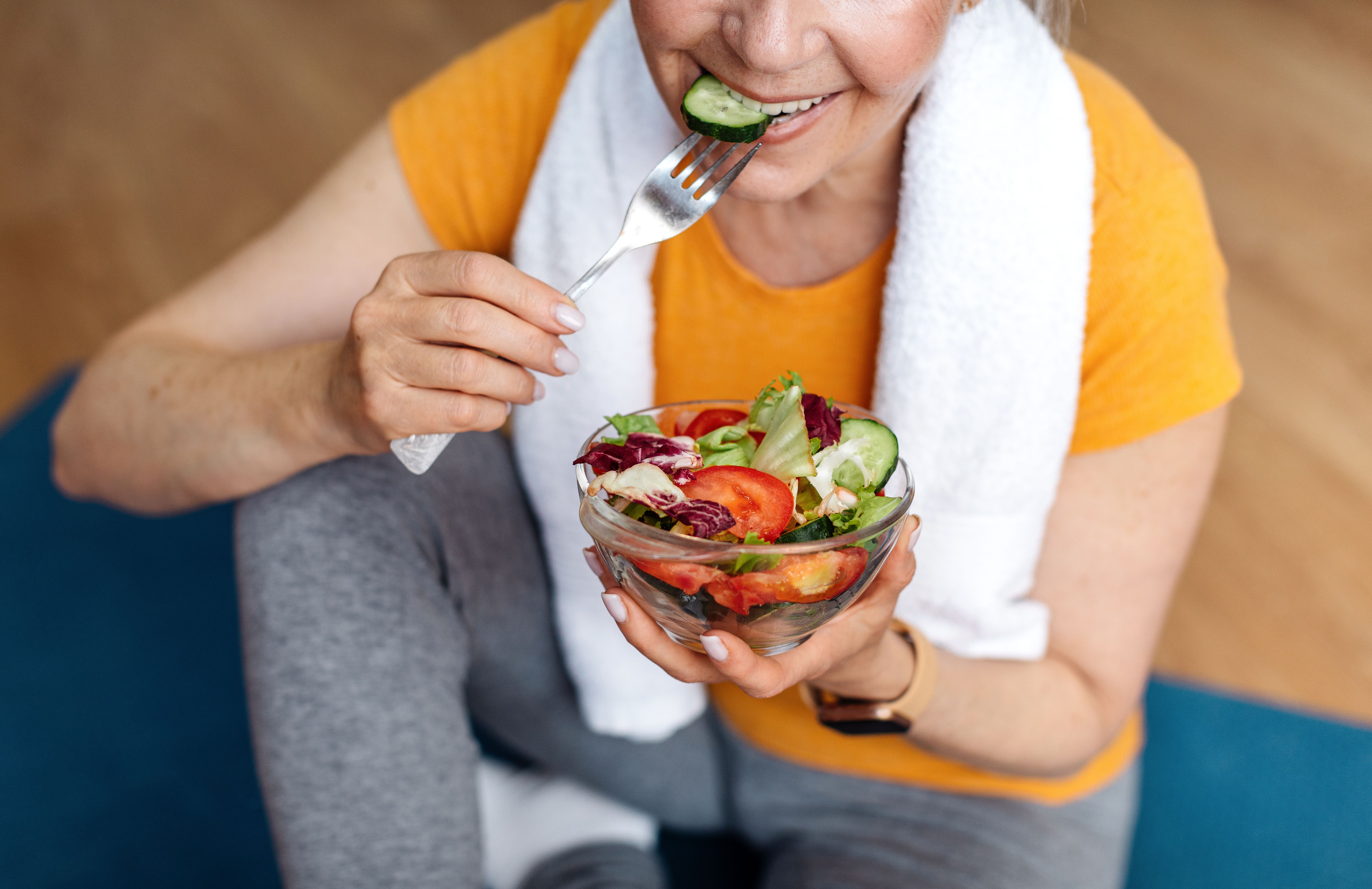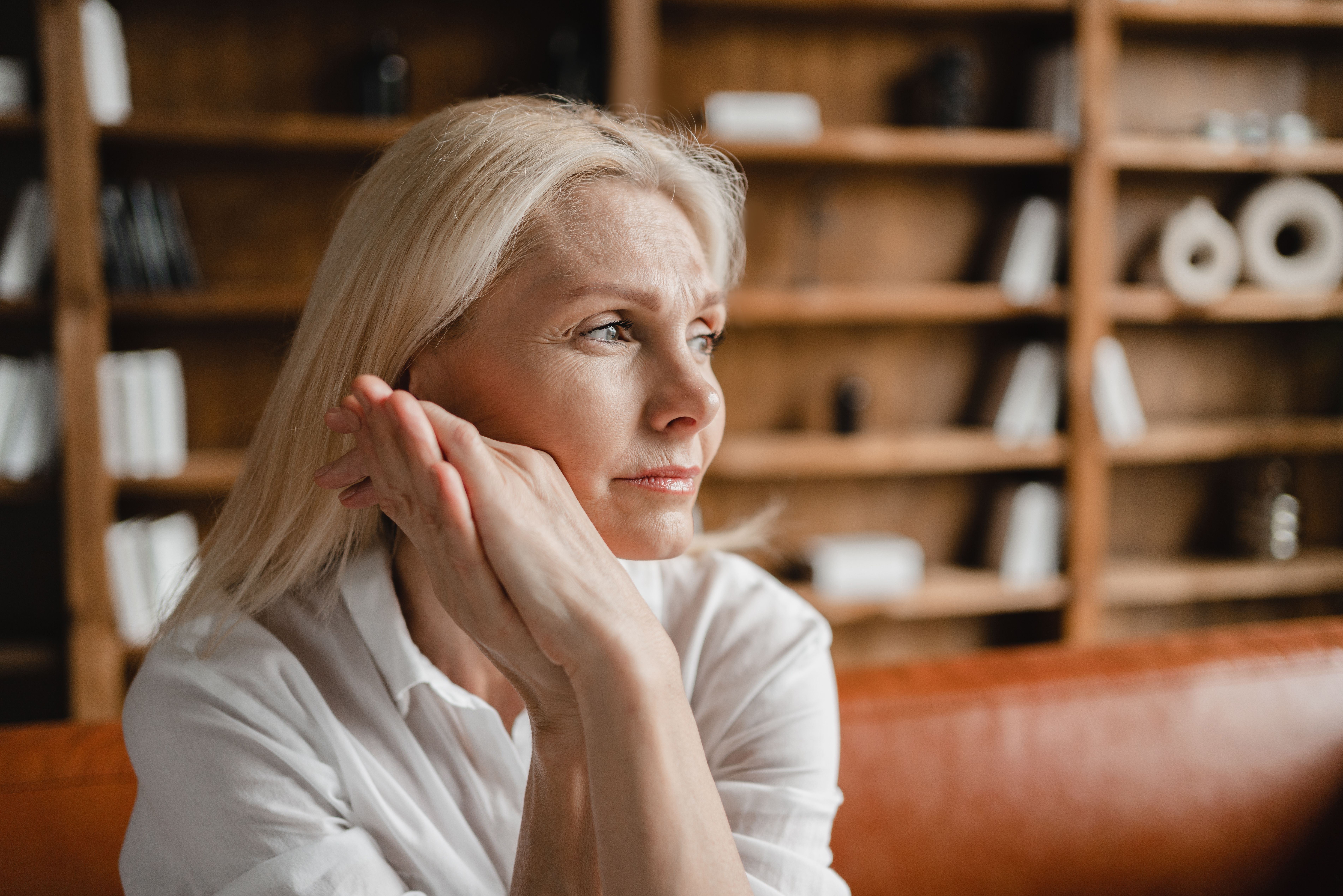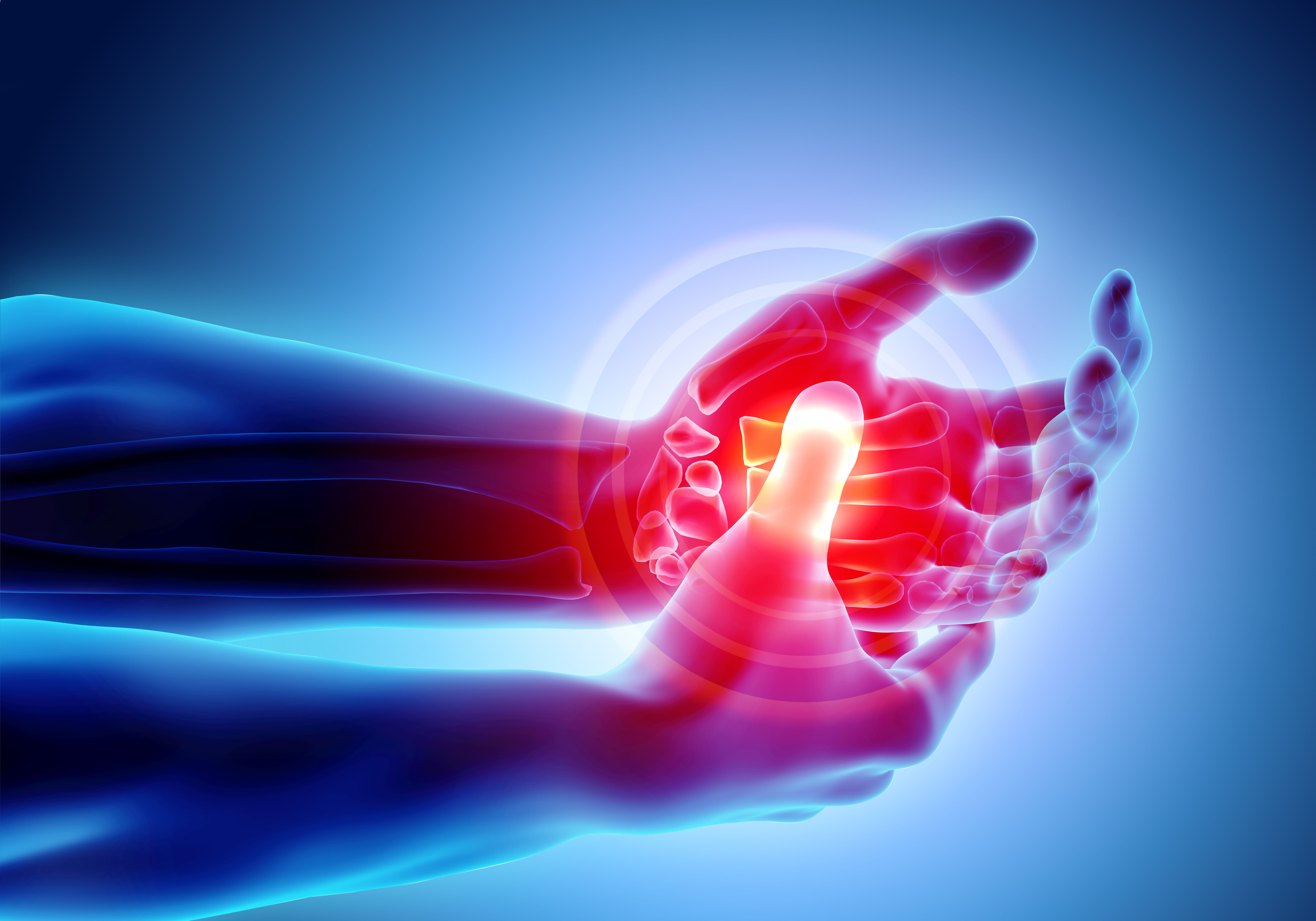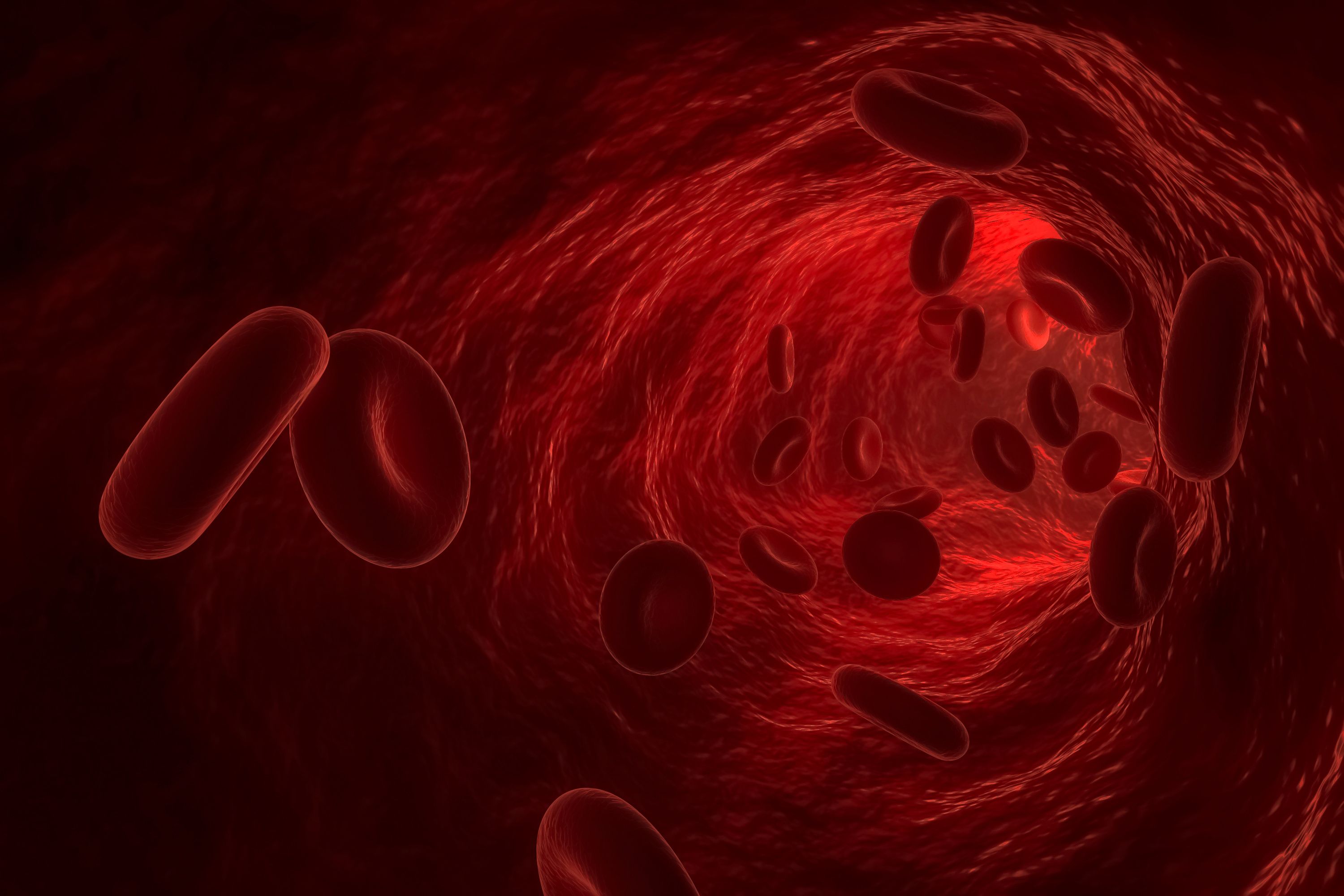Article
Study Finds Decreased Exercise, Increased Body Weight in Individuals With RA During COVID-19 Lockdown
Author(s):
Limited access to exercise equipment and facilities during lockdown appears to be a key reason for reduced physical activity levels.
During the COVID-19 lockdown, physical activity (PA) levels decreased more in people with rheumatoid arthritis (RA) than in people without RA, according to a study published in Rheumatology International.
The study also said more participants with RA—who already experienced low levels of PA prior to the pandemic—reported an increase in body weight compared with those without RA.
This combination of decreasing PA levels and increasing obesity rates could have a negative impact on disease activity and overall health for people with RA.
“The key reason for reduced PA participation appears to be limited access to equipment and facilities, which has then impacted on types of exercise performed,” the authors said. “Therefore, our findings show the lockdown has perhaps unintentionally created restrictions on incidental and volitional PA.”
To conduct this study, 128 total participants completed a self-administered online questionnaire regarding PA, body weight, mental well-being, and quality of life. Within this group, 27 participants had RA and 101 did not.
Before the lockdown, 48% of participants with RA self-reported that they were generally active, compared with 64% of participants without RA. During lockdown, 38% of all participants reported a reduction in PA levels.
The researchers found similar trends in PA levels and body weight. Compared with participants without RA, more individuals with RA reported reduced habitual PA (59% vs 33%) and increased body weight (59% vs 35%). Both groups reported similar food intake, suggesting that movement had more of an impact on body weight than nutrition.
The participants also reported the amount of time spent performing PA during lockdown, with a median of 1160 metabolic equivalent (MET) minutes per week for those with RA and a median of 2940 MET minutes per week for those without RA.
Due to lockdown procedures, participation in exercise classes, team sports, and both gym and resistance exercise decreased while home-based exercise and individual outdoor PA increased. Participants who were active before lockdown generally continued to be active during lockdown.
The study identified only a few individuals who did no PA during lockdown. While most participants were generally active, their overall PA participation decreased during lockdown, especially in participants with RA.
“Therefore, our results have significant implications for people with RA as reduced habitual PA has been shown to exacerbate symptoms and accelerate disease progression, the authors said. “Furthermore, daily exercise may in fact help combat certain infections, including COVID-19 by counteracting some of the comorbidities that are more susceptible to severe illness, whilst also strengthening the immune system.”
The questionnaire also revealed similarly low mental well-being scores between groups.
“Furthermore, our results indicated 44% of RA participants and 28% of non-RA participants were classified with low mental well-being,” the authors said. “However, only a weak correlation was identified between PA participation and mental well-being among all participants.”
The authors noted that PA promotion—especially for people with RA—is necessary to break this trend of decreasing PA levels post pandemic.
Reference
Balchin C, Tan AL, Wilson OJ, Mckenna J, Stavropoulos-Kalinoglou A. Participation in physical activity decreased more in people with rheumatoid arthritis than the general population during the COVID-19 lockdown: a cross-sectional study. Rheumatol Int. Published online November 30, 2021. doi:10.1007/s00296-021-05054-4
Newsletter
Stay ahead of policy, cost, and value—subscribe to AJMC for expert insights at the intersection of clinical care and health economics.





